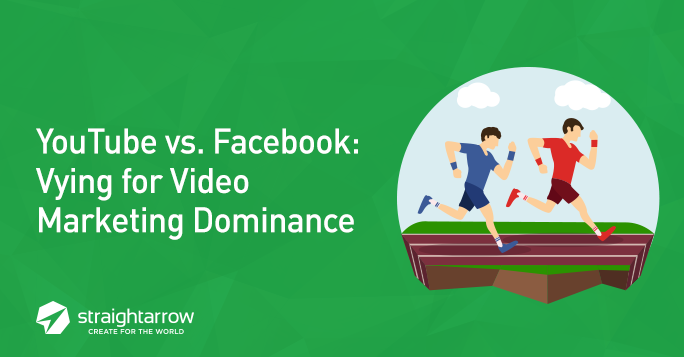|

The design of a glass can determine how you experience its contents. Take a red wine glass, for example: the proportion of the rim and bowl allow you to swirl the wine, releasing its bouquet; the glass contains that aroma, which graces your senses before you even take the first sip.
In much the same way, how you choose to serve up your web content—how you publish, distribute, and amplify it—affects your audience’s experience of that content. This second part of our series on content types (see the first one here) looks into content distribution strategy: the ways content can be classified based on access (i.e. gated or ungated) and according to the channel it’s published on (e.g. web pages, social media), and how to use these.
Put a Cork In It: Ungated and Gated Content
What exactly is gated content? To put it simply, gated content is content to which access is restricted in some way. The most common gates are lead capture forms, where users provide information about themselves in exchange for material. Other gates include accounts and, outside of marketing, straight-up paywalls.
The line between gated and ungated content is typically clear, so the arguments for each are fairly straightforward. Gated content allows for lead generation, while ungated content allows for broader readership and, consequently, a boost to search rankings.
Gating content also sends a subtler message, however, which is the implied value of the content behind the gate. As marketing best practices will point out, the more valuable the content is, the more you can ask for in exchange. The caveat is, of course, that your gated content should deliver. As the walls rise, so do the stakes.
Some businesses have begun experimenting with optional gateways or what Wishpond calls content upgrades. Ungated versions of the content are published to the web, while behind the gate are versions optimized for download or content that augments the free version.
Serving Suggestion: Content Distribution and Amplification
It’s important not to overlook the role of a content distribution strategy in marketing. However well-crafted your work is, it won’t prosper if no one reads it.
You should always develop content with the distribution and amplification channels in mind. Each one differs both in technical aspects (e.g. formatting, media hosting, display and search algorithms) and audience (e.g. demographics, reading habits, linguistic quirks). At the very least, your content distribution platforms should meet your technical requirements and your material should be suited to your chosen audience.
No matter where on the web you choose to publish your material, you’ll have to contend with algorithms of some sort. For most websites and blogging platforms, you’ll be dealing with those of search engines, especially Google’s. Social media platforms have their own algorithms, as do certain blogging and publishing platforms, including Tumblr and Medium.
When it comes to understanding SEO, a solid grasp of the fundamentals like keywords and link-building will serve you well. However, keeping up with updates can give you an edge.
For instance, Accelerated Mobile Pages (AMP) with rich content appear in a carousel above other search results on mobile, which gives them an edge over other types of pages. But AMPs have certain restrictions of their own, such as limits on the types of media they can host. Understand the finer points, and you could use these pages to hit certain targets in your content strategy more effectively.
Social media sites, meanwhile, have their own algorithms and structures, which decide what gets shown on individual users’ dashboards and, where applicable, on the front pages of those platforms.
Facebook, for example, has been boosting the visibility of video content, so publishing in that format will pay off. If you’re publishing on Medium, on the other hand, you could gain an edge by joining a publication, which would boost the initial reach of your posts. Find a publication targeting your niche, read up on their editorial policies, and prepare content that will work for you and for them.
Whichever your channels of choice, be sure your content will be easy to promote on them. If you’re planning a boosted post campaign on Facebook, for instance, make sure your preview image is optimized for it. Looking to promote on Twitter? Have some pithy blurbs or choice excerpts that fit in the length of a tweet.
The third and final entry in our Blogging and Bartending series will provide some examples of creating content strategies using different types and channels of content. Don’t miss it—subscribe to the StraightArrow blog.

|










Comments